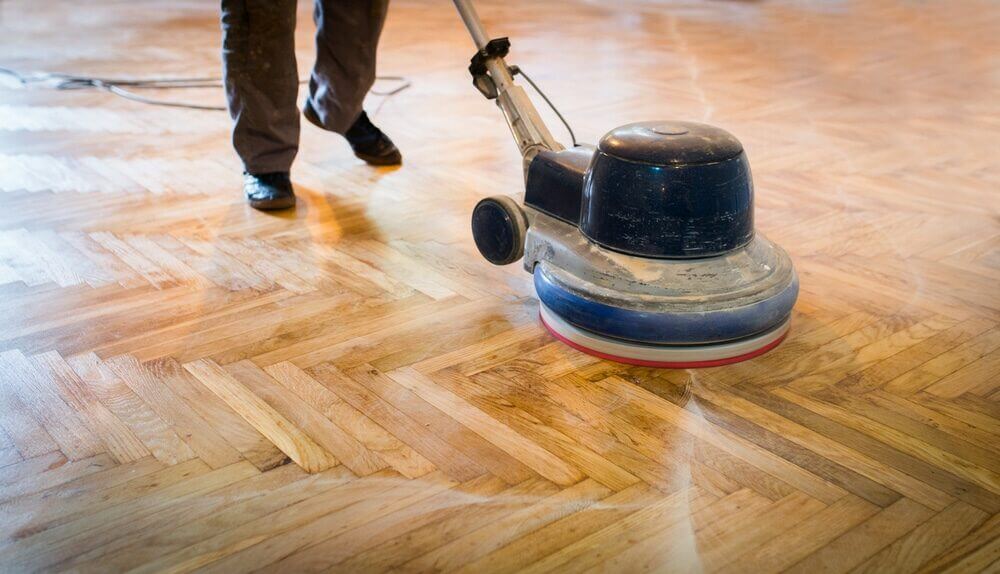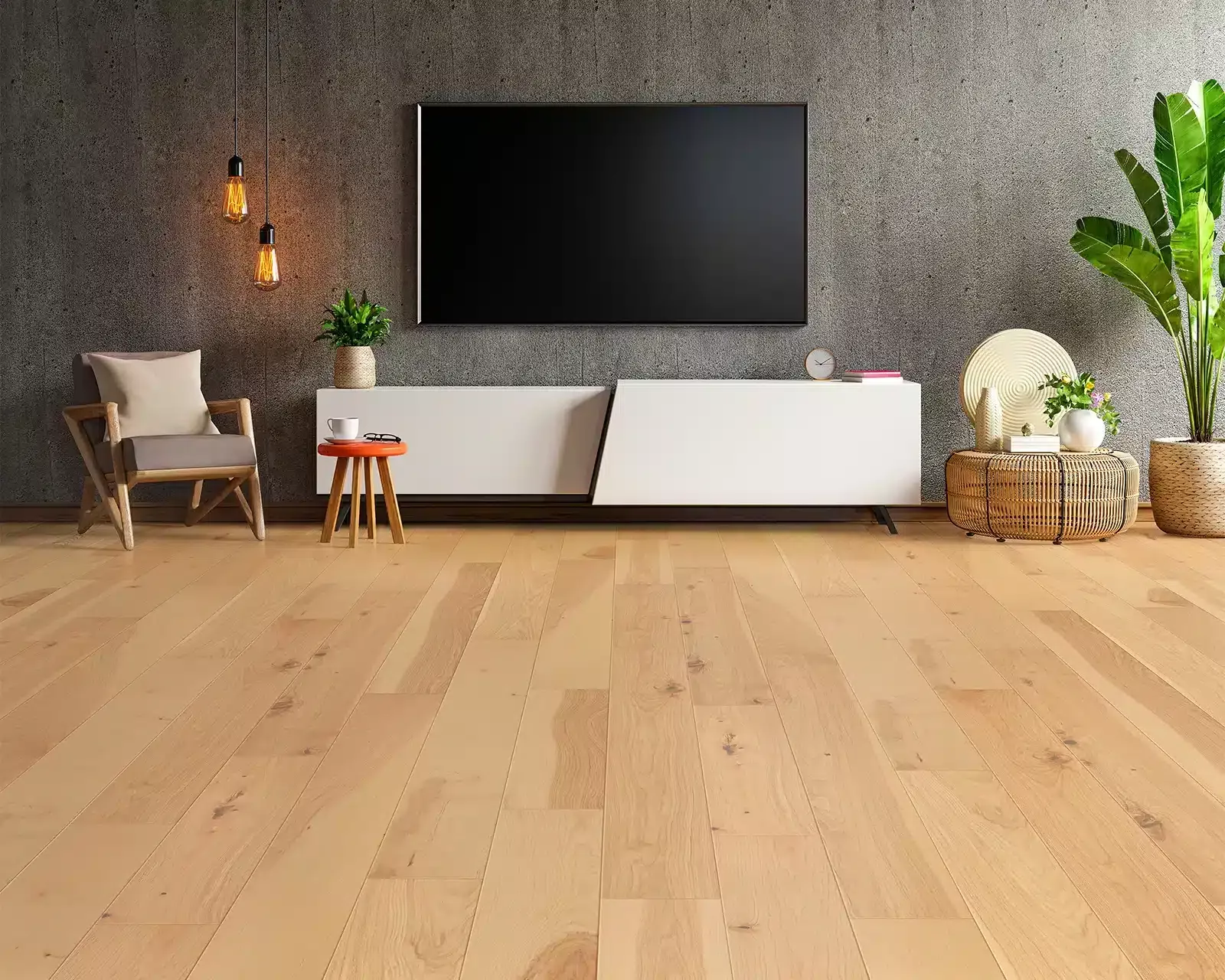London:
Nationwide:
DIY Hardwood Floor Sanding: Unleash Your Inner Strength
Posted on May 5, 2023
Floor Sanding Services News
The Complete Guide to Hardwood Floor Sanding: Techniques, Tips, and Tools for Perfect Results
Hardwood floors are a timeless and elegant addition to any home, but they do require regular maintenance to keep them looking their best. One of the most essential tasks in maintaining your hardwood floors is sanding. Contrary to popular belief, sanding your hardwood floors is not rocket science, and you don’t need to be a professional to do it. In this comprehensive guide, we’ll walk you through everything you need to know about hardwood floor sanding, from the equipment you’ll need to the proper techniques to achieve the perfect finish. So roll up your sleeves, channel your inner strength, and let’s get started!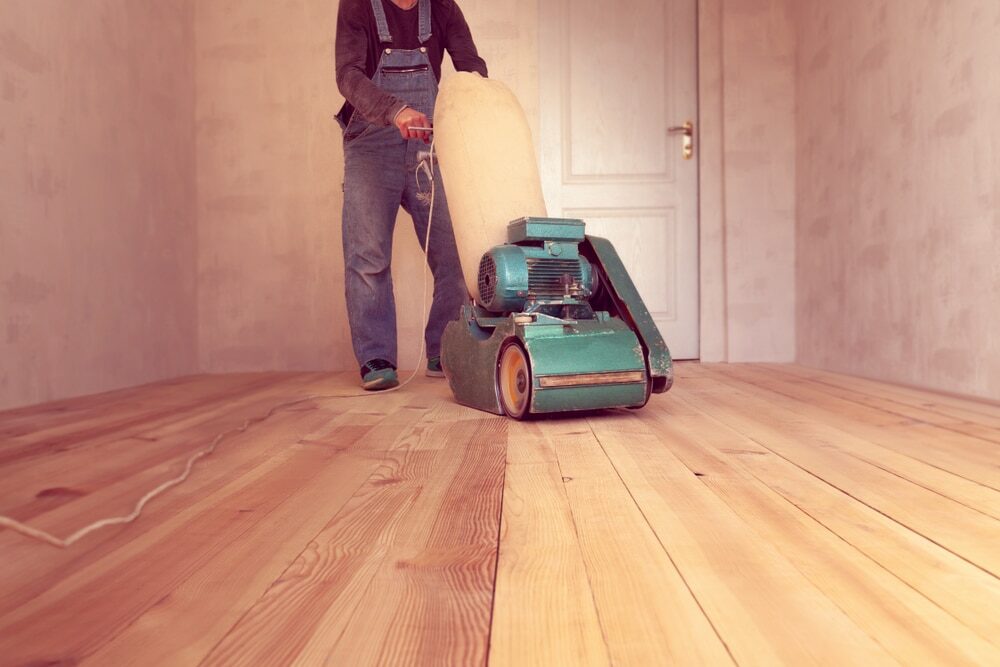
Part 1: Preparation and Necessary Equipment
- Clearing the room
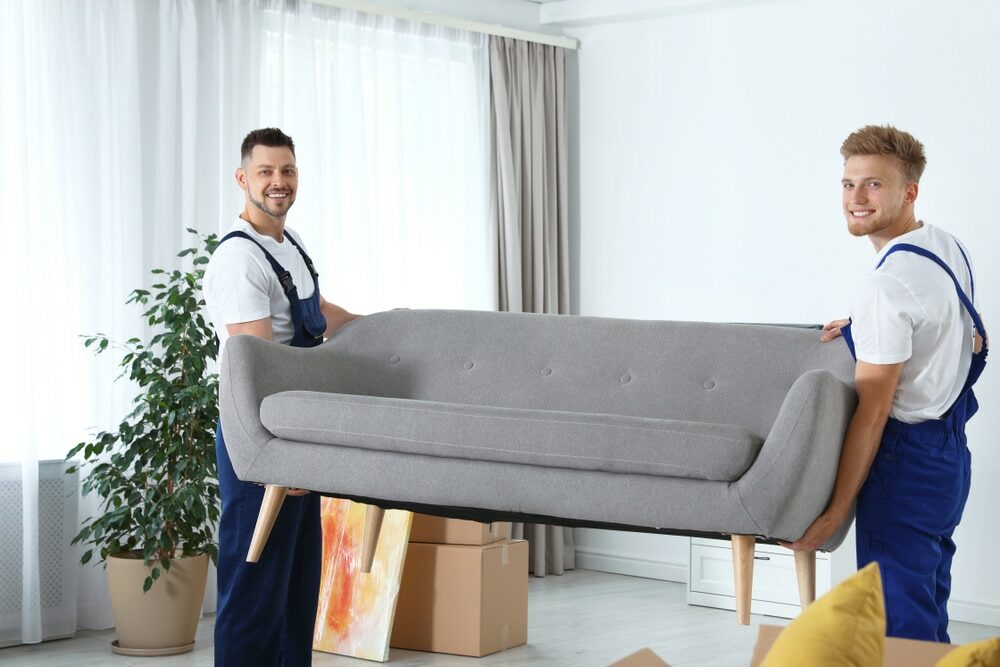
- Assessing and repairing the floor
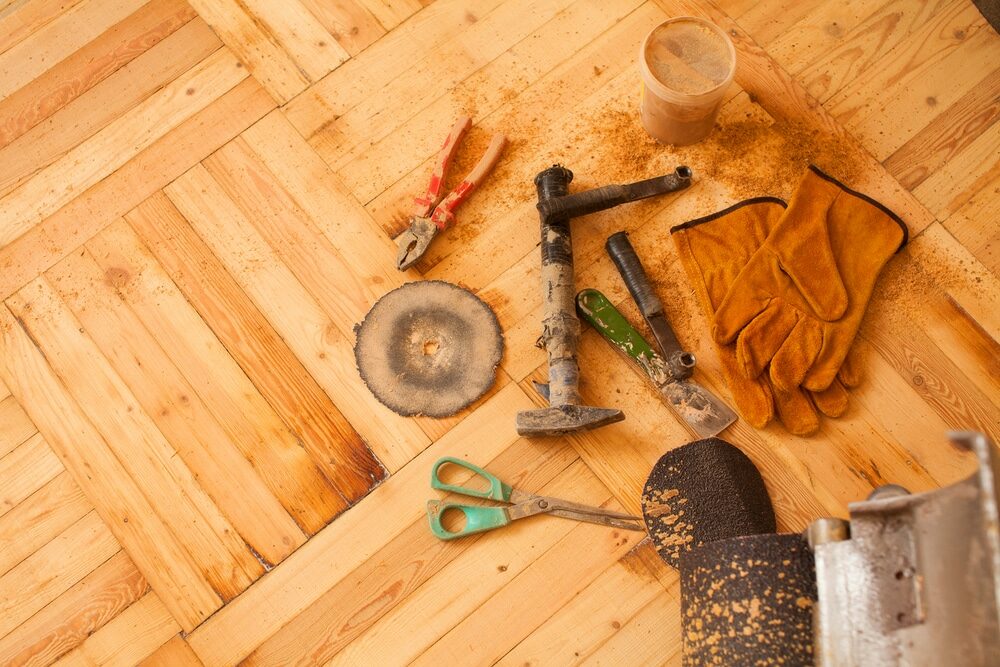
- Gathering the necessary equipment
- An industrial upright sander (also known as a drum sander)
- A smaller, handheld sander (also known as an edge sander)
- Sandpaper in various grits (coarse, medium, and fine)
- A vacuum cleaner or broom to clean up dust
- Protective gear, such as safety goggles, a dust mask, and earplugs
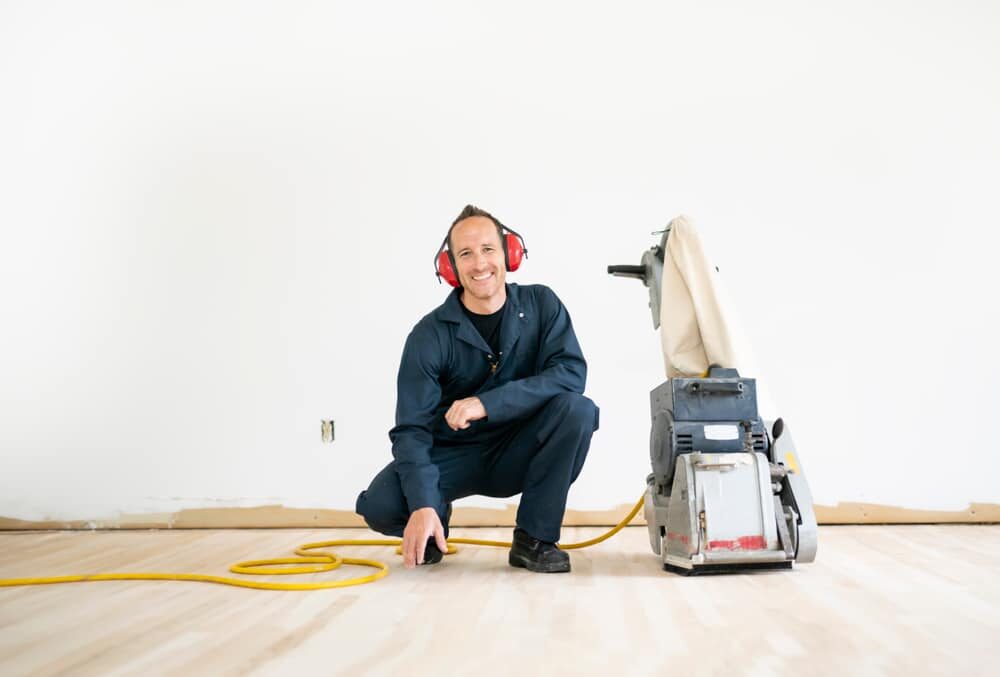
Part 2: Sanding Techniques and Tips
- Starting with the upright sander
- Sanding the edges and corners
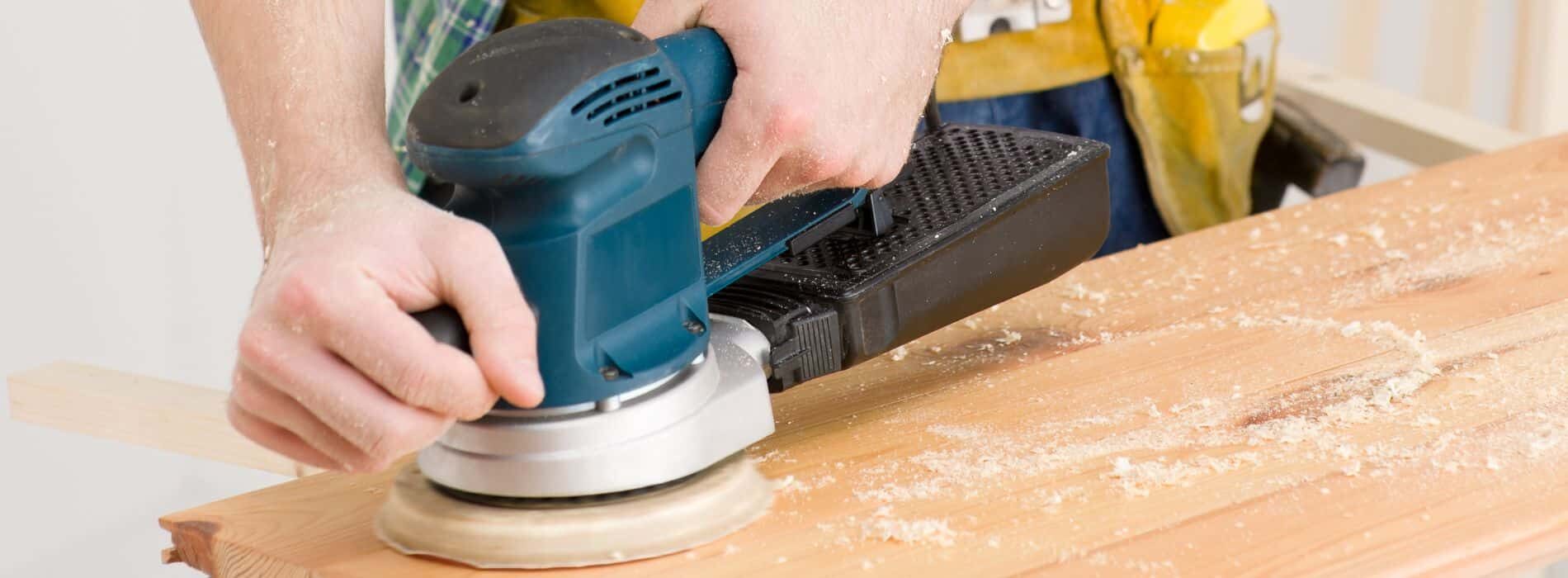
- Multiple passes with different grits
- Cleaning up
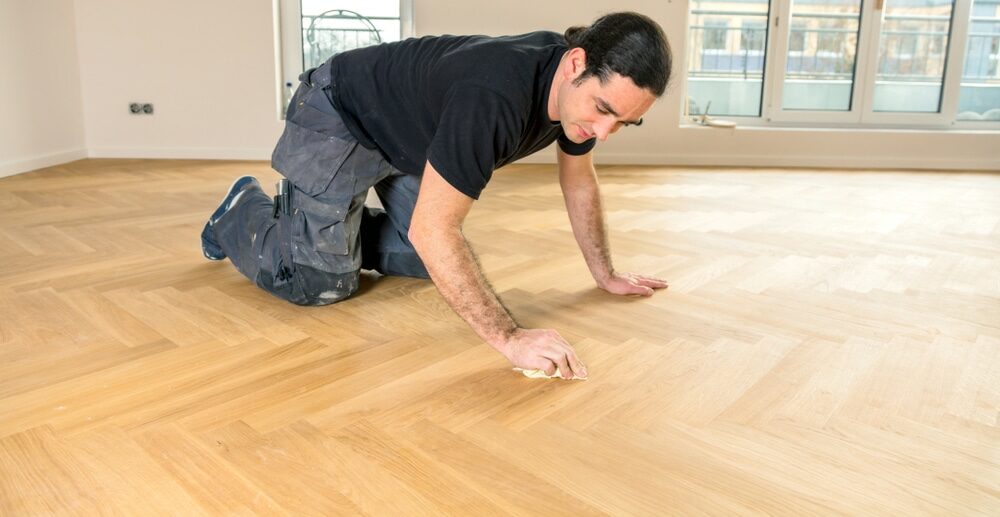
Part 3: Staining and Finishing
- Choosing the right stain
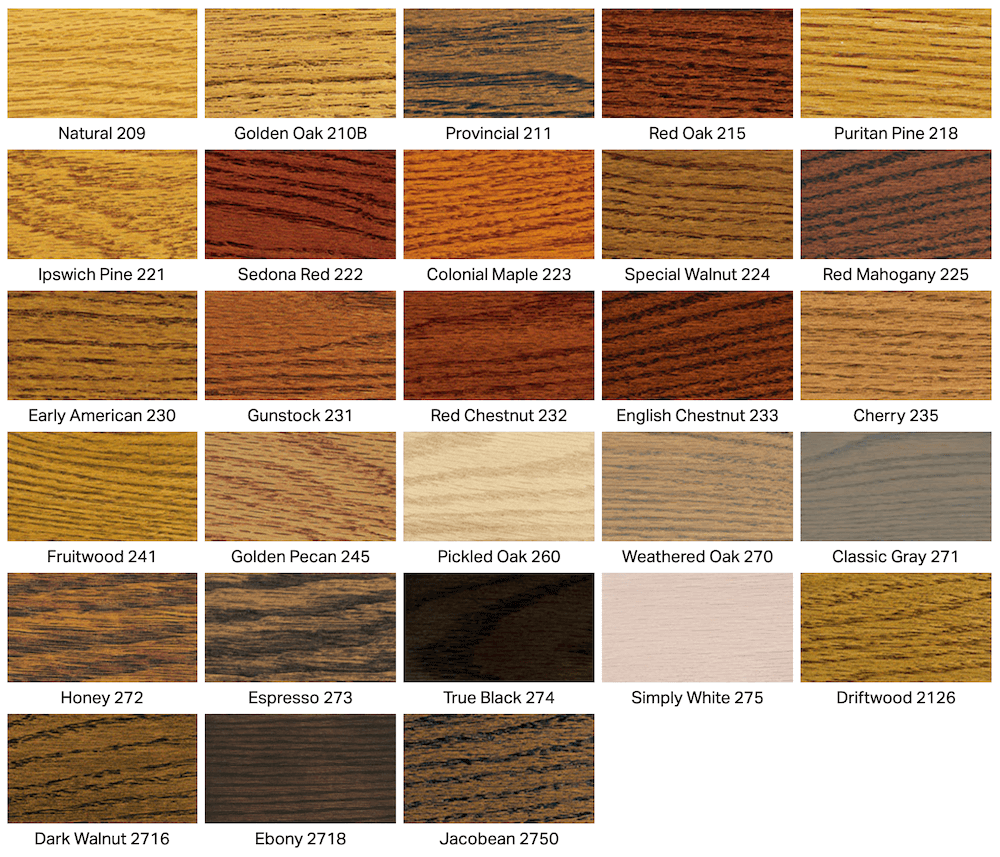
- Applying the stain
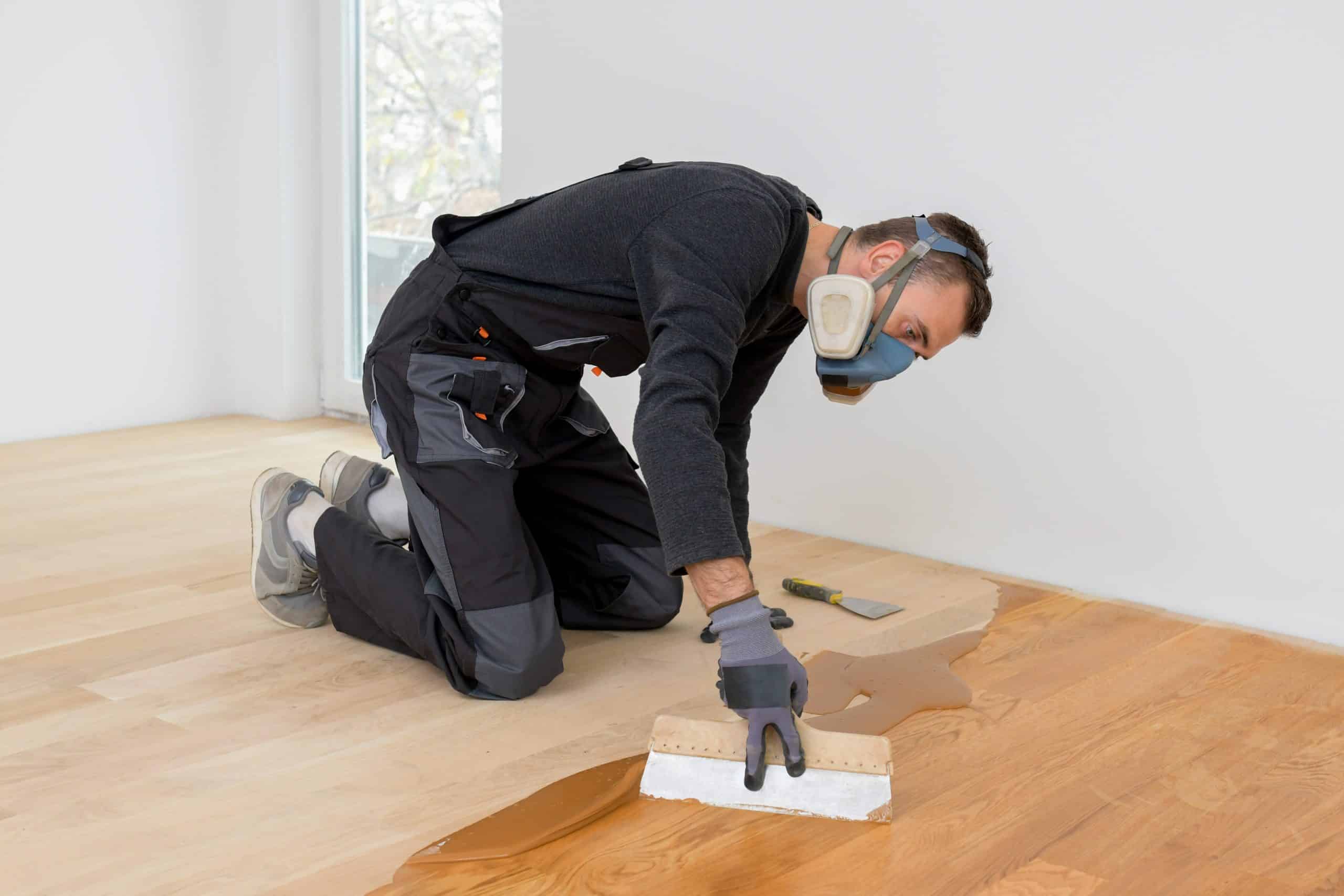
- Applying a protective finish
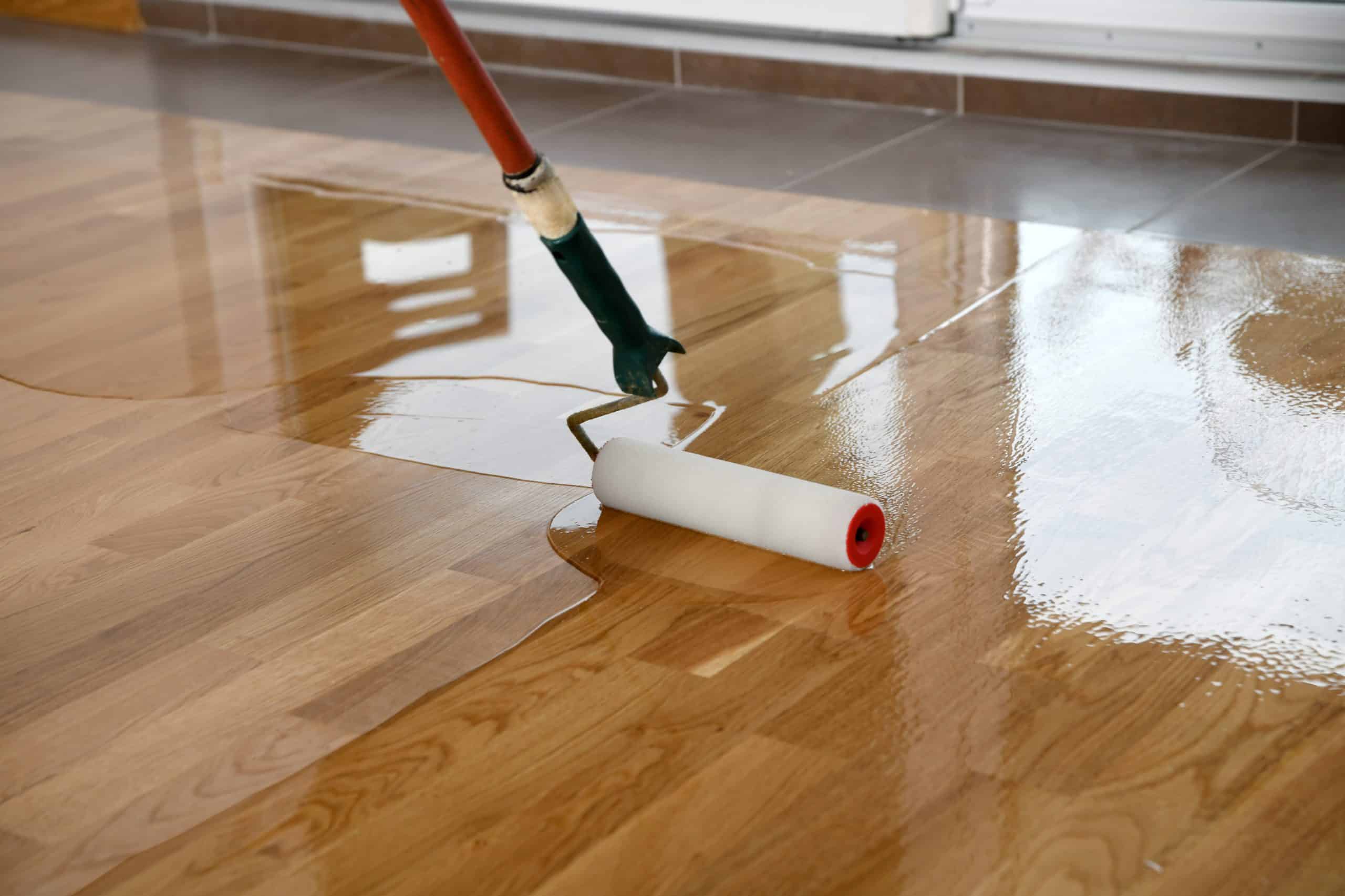 Some Useful Links:
Some Useful Links:
- Wood Floor Restorations
- Wood Floor Repairs
- Floor Sanding Services
- Wood Floor Polishing
- Wood Floor Renovations
Conclusion
Sanding your hardwood floors may seem like a daunting task, but with the right equipment, proper techniques, and a little patience, you can achieve professional-looking results. By tackling this project yourself, you’ll not only save money but also have the satisfaction of knowing you’ve given your floors the care and attention they deserve. So, don’t be intimidated; roll up your sleeves, tap into your inner strength, and bring new life to your hardwood floors with this DIY guide.Sanding
We provide virtually dust-free sanding with our continuous belt machinery with mobile extraction units, giving you a safer environment for your family.
Oiling
This organic finish not only adds beauty to your home but also has exceptional water-repellent characteristics, making it easier to clean and maintain.
Waxing
This natural floor finish offers the softest and most mellow appearance – and leaves your floor able to breath.
Buffing
Using soft buffing machines (and hand-polishing where required) will bring a wonderful sheen to your newly-finished floor.
Repairs
We offer a full assessment of your wooden floors to determine what repairs are needed to provide the perfect working surface for the later stages of sanding, staining and sealing.
Restoration
We offer a comprehensive restoration process designed to address floors that are improperly fitted or damaged over time through wear and tear.
Request a fixed price quote for your wood floor restoration now
Simply enter your postcode below to get started.
Services
Wood Floor Sanding Wood Floor Restoration Wood Floor Scratch Repair Squeaky Wood Floor Repair Parquet Floor Sanding Parquet Floor Restoration Commercial Floor Sanding Church Floor Sanding Community Centre Floor Sanding School Floor Sanding Gap Filling Gap Filling with ResinCopyright © Mr Sander®
Privacy & Cookies Terms & Conditions Complaints Procedure Cancellation Rights Sitemap
